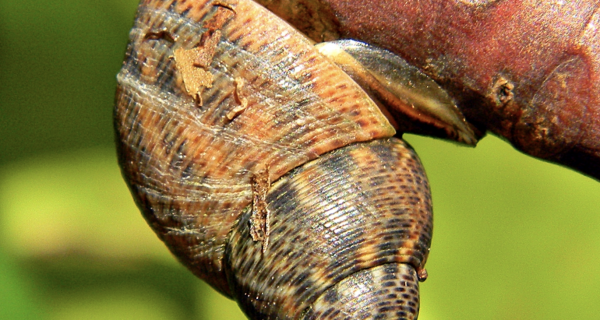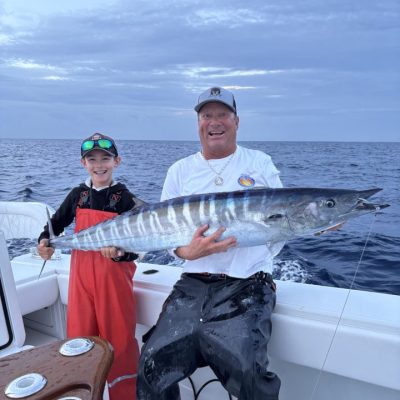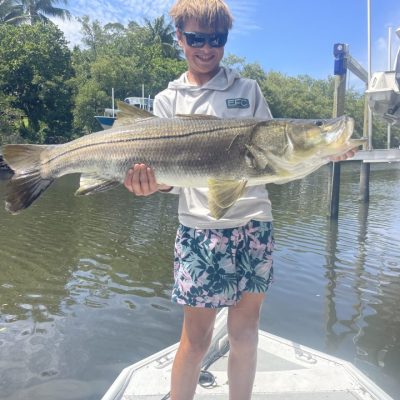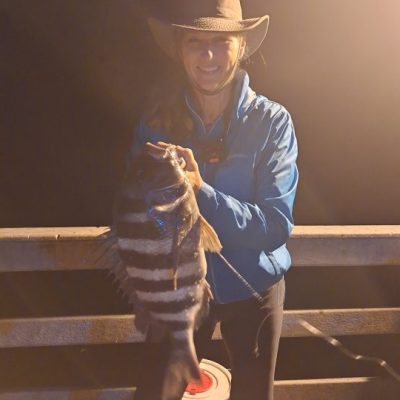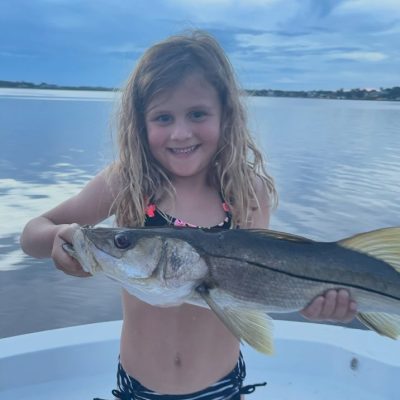Conservation
Environmental and waterway news.
Latest in Conservation
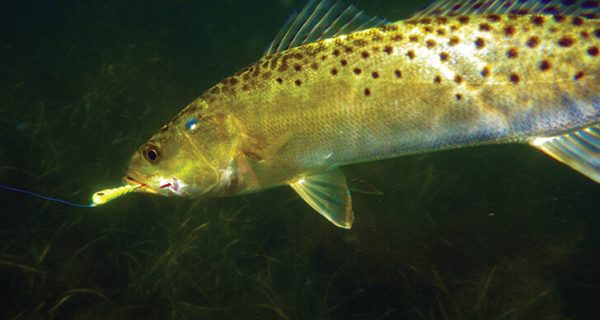
North Carolina Shuts Down Spotted Seatrout Harvest
The spotted seatrout season will remain closed in all waters until June 15th, when it will reopen by proclamation from DMF.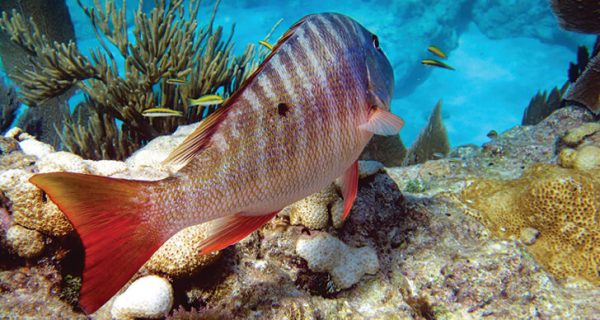
South Atlantic Mutton Snapper Limit Decreases
In January, NOAA Fisheries announced a decrease in the mutton snapper limit and an increase in the minimum size limit for the South Atlantic Fishery.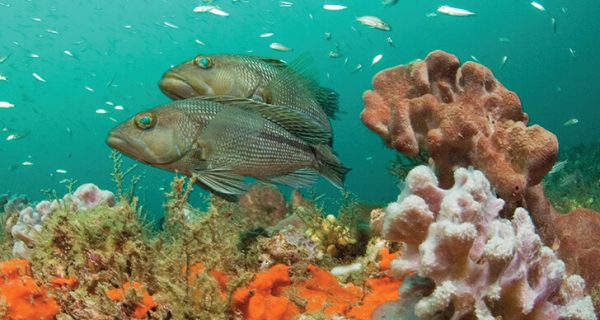
February Season for Atlantic Sea Bass North of Hatteras?
With stock assessments looking good for black sea bass north of Cape Hatteras, regulators have proposed opening black sea bass for one month this February.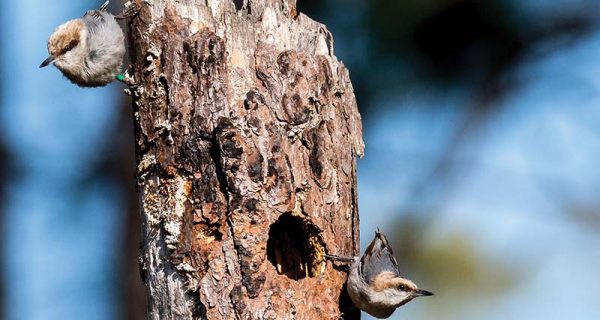
Re-Introduction of Brown Headed Nuthatches
On February 22, 2018 at 6 p.m., Jim Cox from Tall Timbers Research Station in Tallahassee, Florida, will present his plan for re-introducing Brown Headed Nuthatches into Jonathan Dickinson State Park.
St. Lucie County Artificial Reef Update: Feb. 2018
Realizing the economic advantages of an artificial reef program, local businesses and non-governmental organizations have started to become involved.